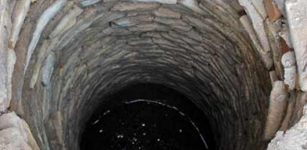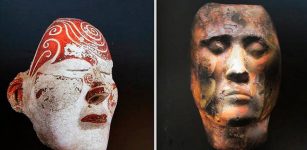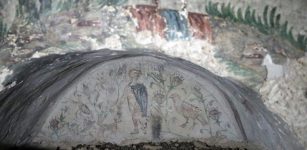Exceptional Paleolithic-Era Cave Drawings Discovered Underground In The Atxurra Cave
MessageToEagle.com – Our ancestors were without doubt remarkable ancient artists. Archaeologists have just discovered 70 exceptional Paleolithic-Era cave drawings the Atxurra cave in the northern Basque region. The drawings were found on ledges 300 meters (1,000 feet) underground.
The engravings and paintings feature horses, buffalo, goats and deer, dating back 12,500-14,500 years ago.
According to archaeologist Diego Garate this ancient site is in “the Champions’ League” of cave art, among the top 10 sites in Europe.
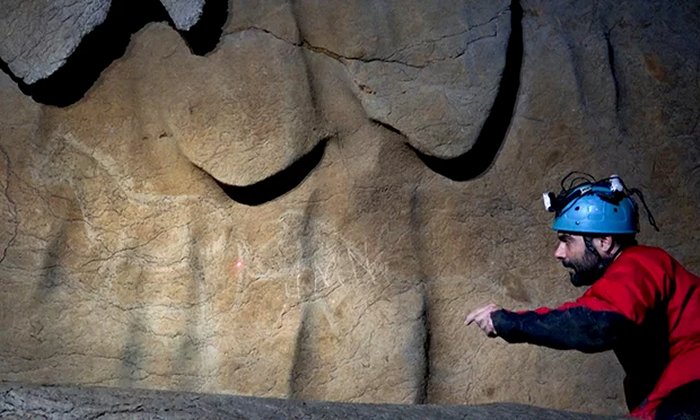
Photograph: AFP/Getty Images
The cave was originally discovered in 1924 and explored in 1934-1935,but it was not until 2014 that Garate and his team resumed their investigations that the drawings were discovered. Experts say while it’s too early to say if the discovery ranks alongside Spain’s most prize prehistoric cave art site, the Altamira Caves—known as the Sistine Chapel of Paleolithic Art—Atxurra looks promising.
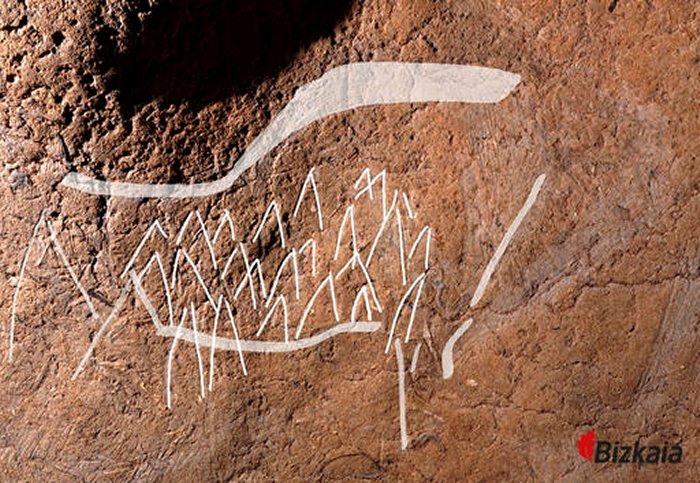
“No one expected a discovery of this magnitude,” said Jose Yravedra, a prehistory professor at Madrid’s Complutense Univesrsity. “There a lot of caves with drawings but very few have this much art and this much variety and quality.”
See also:
Brilliant Prehistoric Cave Paintings Of Lascaux – Who Were Their Unknown Creators?
Prehistoric Volcanic Eruption Depicted In Chauvet Cave, France
Mysterious Royston Cave And Its Unexplained Carvings Still Puzzle Scientists
The cave’s hidden location and the number, variety and quality of its drawings, are the main reasons why the site has been classified as a “sanctuary,” or special Paleolithic meeting ritual place, like those at Altamira or Lascaux in France.
The cave is not easily accessible and will therefore not be open to the public any time soon, but experts hope to set up a 3-D display of the art so that the public can appreciate these remarkable ancient cave drawings.
MessageToEagle.com


